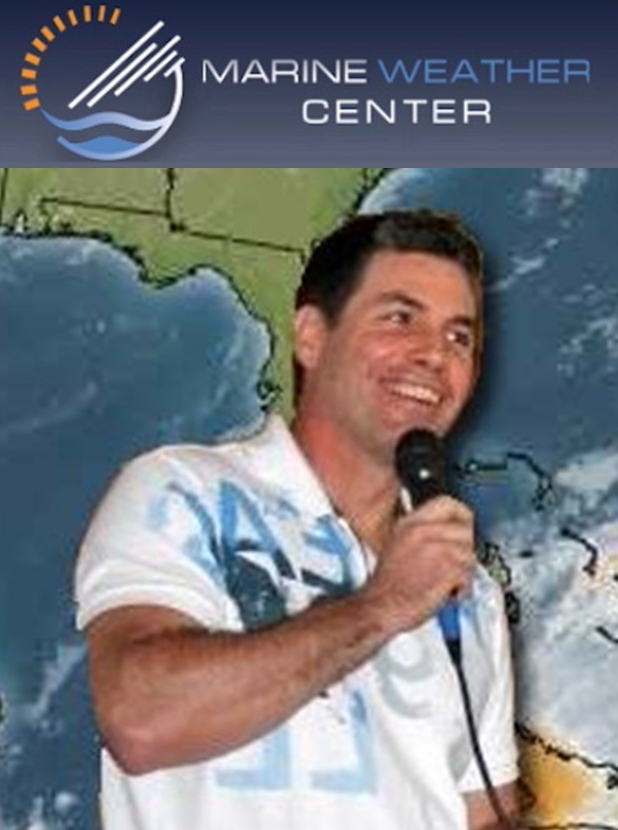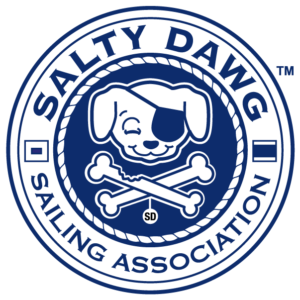The Case for Making Landfall in AntiguaBy Bob Osborn, SDSA Board Member and Antigua Port Captain If you have never sailed the southeast Caribbean, you’ve missed some of the best sailing anywhere. With a variety of well protected harbors, short line-of-sight sailing between islands, and consistent trade wind sailing on a reach, this area simply cannot be beat. Make landfall in Antigua, arguably the sailing capital of the Caribbean, and you’ll know that you’ve come to the right place to begin your winter cruising season.
My wife, Brenda, and I have cruised widely up and down the Eastern Seaboard of the U.S., in the Bahamas, and much of the eastern Caribbean. For us, after visiting so many wonderful cruising grounds, the southeast Caribbean islands have become our go-to area for winter cruising. We have spent the last few seasons there aboard Pandora, our Rodger Martin designed Aerodyne 47’ composite sloop. And our favorite landfall for beginning, and ending, our winter season has become Antigua. We enter in Falmouth or nearby English Harbor, the home of Nelson’s Dockyard, the only operating Georgian dockyard in the world.
Antigua is very safe and cruiser friendly. As port captain for the Salty Dawg Rally to Antigua, I have seen first-hand how the island government and businesses welcome cruisers and how far out of their way they go to help us.
The Antigua Yacht Club hosts our group for a party when we arrive. The Club also hosts a variety of special sailing events such as the Caribbean 600, Antigua Classic Yacht Regatta and Antigua Sailing Week, attracting spectacular yachts and powerful sailing machines along with world class sailors. To be in Antigua during these events with the many parties and exciting action is a unique experience.
The British Navy chose English Harbor and Antigua as the base for their naval operations in the Caribbean during the age of sail as it and nearby Falmouth harbor are wonderfully protected, and offer trade wind sailing on a reach to just about every area of the Caribbean.
Back in the day, Falmouth Harbor was a center of trade, a large natural, beautifully protected anchorage with room for hundreds of boats. It still remains one of the best protected anchorages in all of the Caribbean. Nearby English Harbor, just a few steps away, was the secure repair yard for the English Navy for 100 years, beginning in the early part of the 18th century. English Harbor is home to Nelson’s Dockyard; named after British navy hero, Admiral Horatio Nelson, who served there between 1784 and 1787.
For a cruiser making landfall following a long passage, there is simply no more spectacular port than English Harbor and the Dockyard with its rich history and dramatic surrounding landscape. Add to this the opportunity to rub elbows with some of the most iconic classic sailing yachts in the world and the picture is complete.
Many skippers heading south for the first-time default to the British Virgin Islands as they are familiar with the area from years of chartering. This is a popular charter hub and a wonderful place to spend a week or two, but cruisers wishing to continue from the BVIs to St. Martin, the next island south, must make a run of nearly 100 miles due east, directly into the trade winds. Some will say that this run is “easy if you wait for a cold front.” However, you are apt to be waiting a long time, especially during the period of strong “Christmas winds” that persist between mid-December and March.
When heading from the U.S. east coast, the additional distance to make landfall in Antigua rather than the BVI can usually be covered with less than a day of sailing, likely on a close reach. As a bonus, by the time you arrive in Antigua, you will have made all of the easting required to begin your cruising season. From Antigua, you can sail just about anywhere in the Caribbean, including the BVIs, on a reach or down wind.
Antigua’s main harbors are well protected from the large north swells produced by frequent Atlantic winter storms. These swells, growing out of powerful north Atlantic lows, can make many anchorages to the north and on the smaller islands untenable.
Antigua is also home to comprehensive yacht repair services and excellent and safe places to leave your boat if you need to return home as well as convenient flights to the States, all at reasonable prices.
When heading south, to the many islands between Antigua and Grenada, you’ll be sailing on a reach with the distances between islands offering short, line-of-sight sailing. When you visit the French Islands of Guadeloupe, The Saints, and Martinique, you’ll find yourself feeling like you are in the south of France complete with reasonably-priced French restaurants and patisseries.
The Grenadines are an area of low lying islands and sandy beaches that will remind you of the Bahamas. Bequia during the Easter Regatta features a full schedule of boat racing and social events. Dominica is the “nature island” with miles of well-maintained trails to explore and occasionally the home to a Salty Dawg Rendezvous during Yacht Appreciation Week. As the season winds down you may choose, as many do, to leave your boat south in Grenada or Trinidad where you’ll be safe from seasonal hurricanes.
For those returning to the US, sailing back to the Virgins (American or British) is an easy run, off the wind. There, you can join the Salty Dawg East Coast Rally to make your way back to the U.S. Along the way you’ll want to be sure and stop in St. Barths and St. Martin and some of the smaller islands that are particularly nice to visit when the seas are calmer late in the season.
There are near endless places to make landfall in the Caribbean, but many believe that Antigua, the “Sailing Capital of the Caribbean”, is simply the best place to begin and end your cruising season and on your way home, a stop in the BVIs is a wonderful way to cap off a great season of sailing. Resources: |


